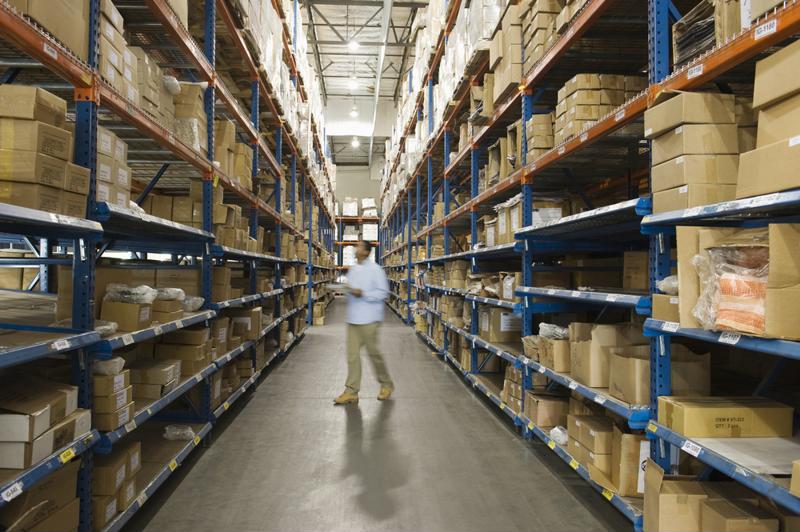Many experts in the supply chain sector agree that more likely needs to be done to ensure companies at every step are keeping up with changing technology and opportunities. Doing so these days is often seen as part and parcel with making sure the supply chain is as simultaneously secure and open as possible, so real-time information is shared easily but remains protected.
One of the big concerns many companies may have about implementing such technology, however, is what it might do to their workforce, according to Supply Chain Digital. However, even as automation of certain processes in the supply chain is taking hold - such as using AI to interpret large data sets in seconds, or utilizing robots to pick certain items off shelves - there is little question about the importance of the human involvement in that work to double-check computerized management efforts, make sure picking is done properly, pack shipments and more.

Getting in front of the trends
Instead of investing whole-hog in automation-specific technologies these days it may be more judicious for companies to make investments in the tech that undergirds it, according to Logistics Viewpoints. For instance, companies would be wise to ensure there is a strong 5G capability and readiness within every aspect of their operations, so the sheer volume of connected devices that will likely come under their roof in the years ahead are able to get the bandwidth they need.
Combining that investment with plans for future efforts around incorporating AI and robotics will likely form a potent combination that guarantees companies remain competitive, even in the face of ever-growing competition, the report said. Once that's done, there can be other tech investment considerations made as well.
Addressing the issues
Meanwhile, it's important for companies to consider both their own needs - for instance, whether their legacy ERP needs to be updated or completely replaced - as well as industry trends like broader use of warehouse and transportation management systems, according to Packaging World. That may mean collaborating with their various partners throughout the supply chain to ensure they're all on the same page when it comes to software and hardware adoption going forward.
Certainly, the more companies can do to start planning their investment cycles for 2020 - and beyond - the better off they will be when it comes to competing in an ever-changing and evolving supply chain ecosystem.



Post A Comment:
0 comments so far,add yours